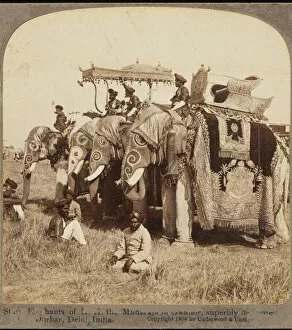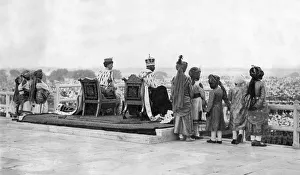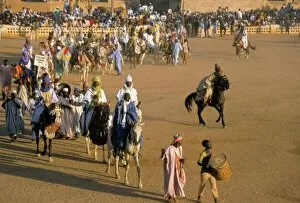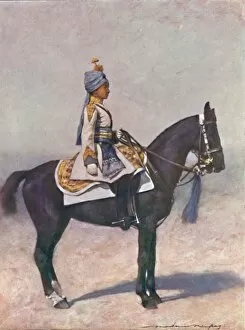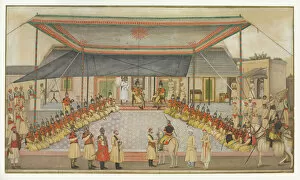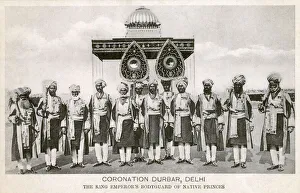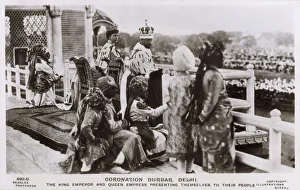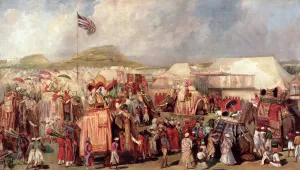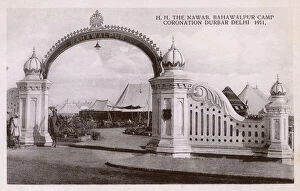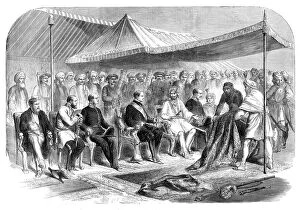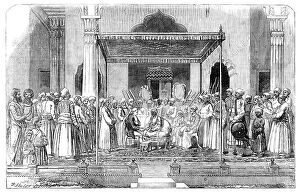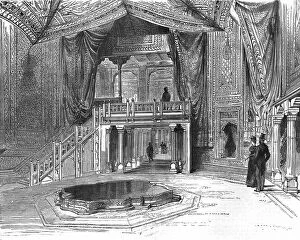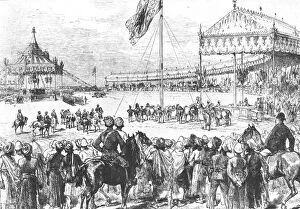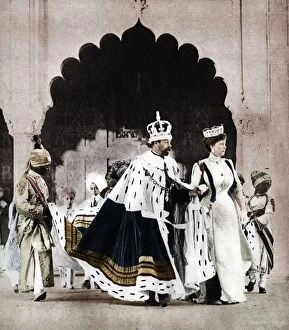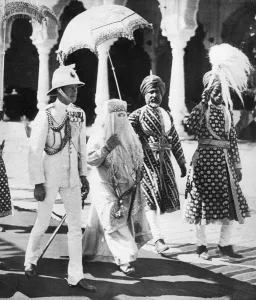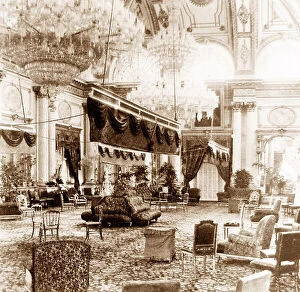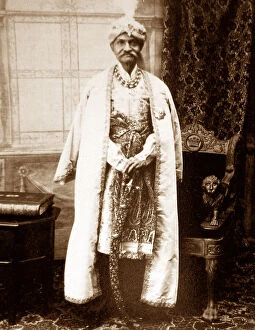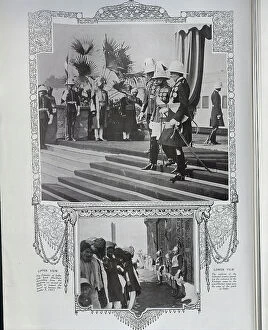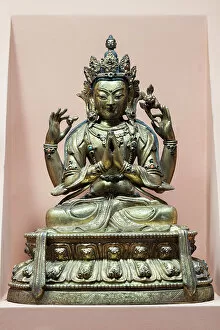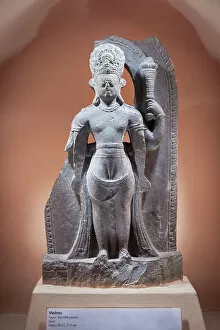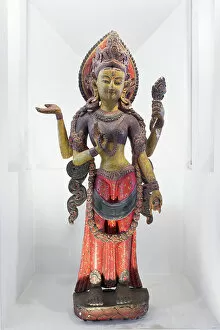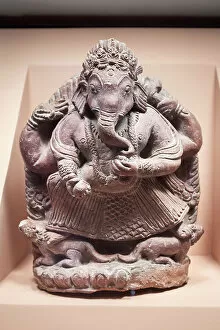Durbar Collection
"Durbar: A Spectacle of Royalty, Tradition, and Power" Step into the grandeur of Durbar, a cultural extravaganza that has captivated hearts for centuries
All Professionally Made to Order for Quick Shipping
"Durbar: A Spectacle of Royalty, Tradition, and Power" Step into the grandeur of Durbar, a cultural extravaganza that has captivated hearts for centuries. From the majestic Delhi Durbar Elephants parading through the streets to the awe-inspiring presence of King George V and Mary at the Coronation Durbar in Delhi, India, this event is steeped in history. One cannot forget Colonel James Skinner holding a Regimental Durbar with pride and honor. Even King George V's adventurous spirit shines through as he hunts tigers in Nepal during his visit. The Emperors Bodyguard of Indian Princes stands tall at the Delhi Durbar, symbolizing their loyalty to their rulers. Traveling across continents, we witness the vibrant celebrations at Kano, Nigeria's Africa during the lively Durbar festival. The Camel corps adds an exotic touch to the 1912 Delhi Durbar while Native Princes arrive in camp for an Imperial Assemblage in 1877. Every corner exudes opulence; even Bahawalpur Camp Entrance showcases regality during Coronation Delhi Durbar. In 1902's edition of this magnificent gathering, Sir Pratap Singh of Idar graces us with his presence. Durbar is not just an event; it is a testament to heritage and tradition that unites people from diverse backgrounds under one roof. It serves as a reminder of our shared past and paves way for future generations to cherish these moments forever. So come forth and immerse yourself in this captivating world where kings reign supreme and culture thrives – welcome to "Durbar.

